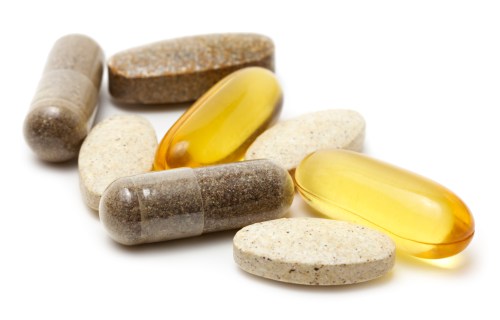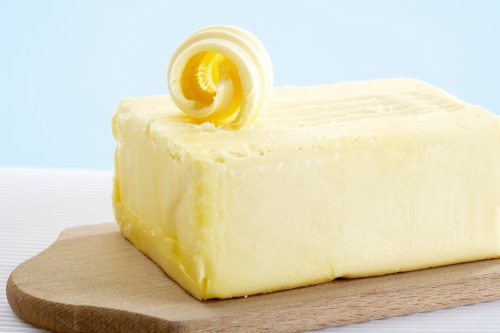With spring comes longer days, shorter hemlines, and increased libido. Well, not for everyone.
Turns out, the thing keeping you from getting down in the sheets could be the very thing that gets you out of them—your morning coffee.
“What happens with that morning cup of coffee is that you end up disrupting your blood sugar all day,” hormone expert and author Alisa Vitti, explains. “As a result, your adrenals start to under perform, and then you get too much cortisol and not enough DHEA.”
Adrenal glands are what regulate hormones like cortisol and DHEA. DHEA is the mother hormone for testosterone, and when that does down, sexual desire and response drops, too, says Vitti, whose book Woman Code comes out May 6 in paperback and explains all things hormonal.
In other words, coffee in bed is not the best breakfast for feeling sexy.
But if quitting your morning cup o’ joe cold turkey puts you at risk for being ridiculously cranky with your significant other (and everyone else), read Vitti’s quick-and-brilliant tip for how to drink coffee in a healthier way in our Healthiest Year Ever guide.
And check out these five morning energy-boosting drinks that want to help you forget all about coffee. (We’re pretty sure your sweetie would be down with that, too.) —Jamie McKillop
Sign Up for Our Daily Newsletter
Get all the latest in wellness, trends, food, fitness, beauty, and more delivered right to your inbox.
Got it, you've been added to our email list.









